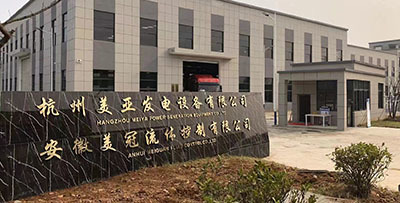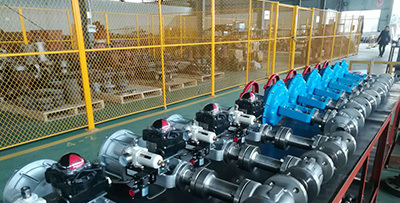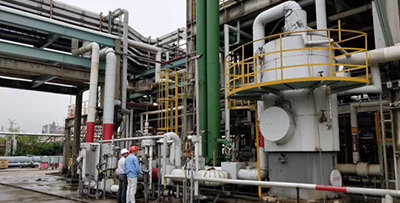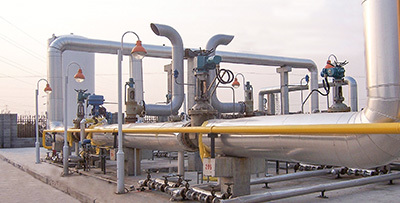
Contact Phone

Electronic E-mail
News Center
Hangzhou Meiya provides you with perfect industrial fluid control products and application solutions

Actuator of the regulating valve
Release time:
2021-11-22
In order tocontrol valveTo ensure normal operation, the matching actuator should be able to generate sufficient output force to guarantee high sealing and valve opening.
For double-acting pneumatic, hydraulic, and electric actuators, there is generally no return spring, and the magnitude of the force is irrelevant to its direction of operation. Therefore, the key to selecting an actuator is to determine the maximum output force and rotational torque of the motor. For single-acting pneumatic actuators, the output force is related to the valve opening, and the force appearing on the control valve will also affect the motion characteristics. Therefore, it is necessary to establish a force balance over the entire opening range of the control valve.
After determining the output force of the actuator, select the appropriate actuator according to the requirements of the process environment. When there are explosion-proof requirements on site, pneumatic actuators should be used. Considering energy saving, electric actuators should be used as much as possible. If high adjustment accuracy is required, hydraulic actuators can be selected, such as speed regulation of transparent machines in power plants, and temperature regulation and control of reactors in catalytic devices in refineries.
The control valve's mode of action is only applicable when selecting pneumatic actuators. Its mode of action is a combination of the positive and negative actions of the actuator and the valve, resulting in four types of combinations: positive (air-to-close), positive and negative (air-to-open), positive and negative (air-to-open), and negative (air-to-close). These four combinations result in two modes of action for the control valve: air on and air off.
The selection of the control valve's mode of action mainly considers three aspects: a) process production safety; b) characteristics of the medium; c) ensuring product quality and minimizing economic losses.
Previous article
Related News
2025-01-23
2025-01-23














